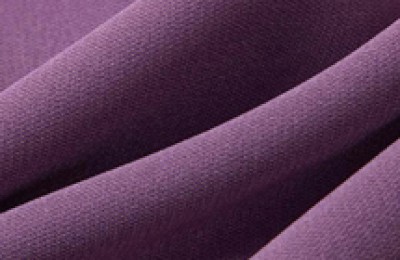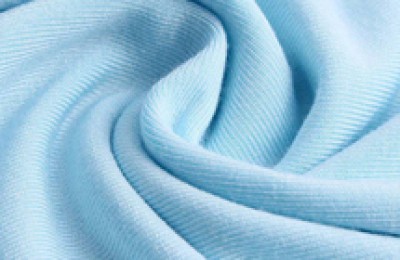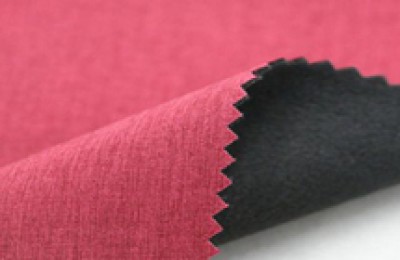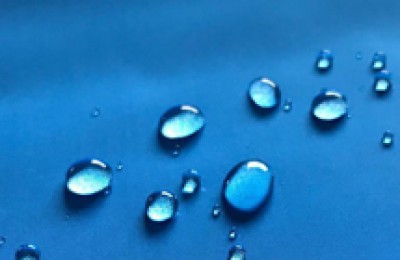I believe that many people are confused about the difference between nylon and polyester. How to identify and distinguish the two raw materials is an indispensable skill for textile people. By studying this article, you can easily distinguish the composition of fabrics.
01 Polyester
Polyester – polyester fiber, also known as POLYESTER, is characterized by good air permeability and moisture removal. It also has strong acid and alkali resistance and UV resistance. Generally, fabrics with multiples of 75D are polyester, such as 75D, 150D, 300D, 600D, 1200D, and 1800D. The appearance of the fabric is darker and rougher than nylon.
02 Nylon
Nylon – Nylon, also known as Nylon, polyamide fiber. The advantages are high strength, high wear resistance, high chemical resistance and good resistance to deformation and aging. The disadvantage is that it feels hard. The more famous ones are PERTEX and CORDURA. Generally, fabrics with multiples of 70D are nylon, such as 70D, 210D, 420D, 840D, and 1680D. They are all made of nylon. The fabric has a brighter gloss and a smoother feel.
Nylon generally has better elasticity! The dyeing temperature is only 100 degrees! Dye with neutral or acid dyes. The height resistance is worse than polyester, but its strength is better and its pilling resistance is better! The dyeing temperature is 130 degrees (high temperature and high pressure), and the hot melt method is generally baked below 200 degrees! The main characteristics of polyester are better stability. Generally, adding a small amount of polyester to clothes can help with wrinkle resistance and plasticity. The disadvantage is that it is prone to static electricity and pilling. However, these shortcomings of improved polyester have been improved.
03 Physical properties
Generally speaking, those who make bags are Nylon Oxford cloth has a different feel. Polyester feels rougher, while nylon feels smoother. In addition, you can use fingernails to scrape. After scraping, the obvious traces are polyester, and the traces are not obvious are nylon. However, this method is not as intuitive and easy to distinguish as the burning method.
04 Chemical Properties
The simplest difference between nylon and polyester is the combustion method! Polyester emits strong black smoke, and nylon emits white smoke. In addition, the residue after burning, polyester will break when pinched, and nylon will become plastic! The price of nylon is twice that of polyester.
Nylon, when near the flame, quickly shrinks and melts into a white gel. It melts, drips and bubbles in the flame. There is no flame when burning. It is difficult to continue burning without the flame. It smells of celery and becomes shallow after cooling. The brown melt is not easy to grind.
Polyester is easy to ignite and shrinks when it is near a flame. When burning, it melts and emits black smoke, showing a yellow flame and emitting an aromatic smell. After burning, the ashes turn into dark brown lumps that can be crushed with your fingers.
05 Differences in performance
To put it simply, the performance of nylon Better than polyester, but more expensive than polyester. Nylon products are better than polyester products in terms of wear resistance, stress resistance, color fastness, gloss, etc., and are less prone to dead wrinkles.
The main differences between fabrics made of polyester and fabrics made of nylon are:
1. The price of nylon is about 1 times higher than that of polyester
2. Nylon ratio Polyester is smooth and soft
3. The wear resistance is almost the same
4. Nylon has a little elasticity, while polyester has no weakness
5. Nylon dyeing is more difficult than polyester dyeing
06 Material related indicators
D: Denier refers to a unit used to measure the density of textile fibers. Grams show the weight of fiber per 9,000 meters (i.e. the lower the denier, the finer the fiber). Formula D=G/L*9000. That is fiber weight/fiber length*9000. A material strength indicator commonly found in backpack fabrics. Generally 450D and 500D are commonly used. Materials higher than 500D are generally used in areas prone to wear. Like the bottom of a backpack.
T: Tex, referred to as “tex”, a unit used to measure the density of textile fibers. It refers to the weight in grams of a 1,000-meter-long fiber or yarn at a common moisture regain. The formula T=G/L*1000. That is fiber weight/fiber length*1000.
TX=After shrinkage treatment RS=Tear-resistant N=Nylon P=Polyester fiber
TXN1000: Very strong and wear-resistant fabric, used in climbing backpacks and large The parts of the backpack that are prone to friction. TXN500: Fabric made of nylon fiber with tight texture, used in alpine hiking and light-weight backpacks. RSN500GRID: A fabric woven by adding black anti-tear fiber to TXN500 fabric.
RSN500: Using nylon fiber as woven material, it is made into a cloth similar to a tear-resistant tissue.
TXP900: Fabric made of 900-density polyester fiber, used in hiking backpacks and small and medium-sized backpacks in areas that are prone to wear and tear.
TXP600: Polyester fabric that has been used for many years and has a great feel and quality.
RSP600: improved from TXP600, with tear-resistant fibrous tissue.
SRN420: A small area of nylon fiber fabric with anti-tear effect. It is used on technical backpacks to increase the strength of the fabric and reduce the weight of the backpack.
SRN210: A small area of nylon fiber fabric with anti-tear effect. It is used on medium and large backpacks to reduce the weight of the backpack.
MNP420: This fiber fabric looks metallic.
1680NYLON: This tough fabric is often used in travel bags.
</p







